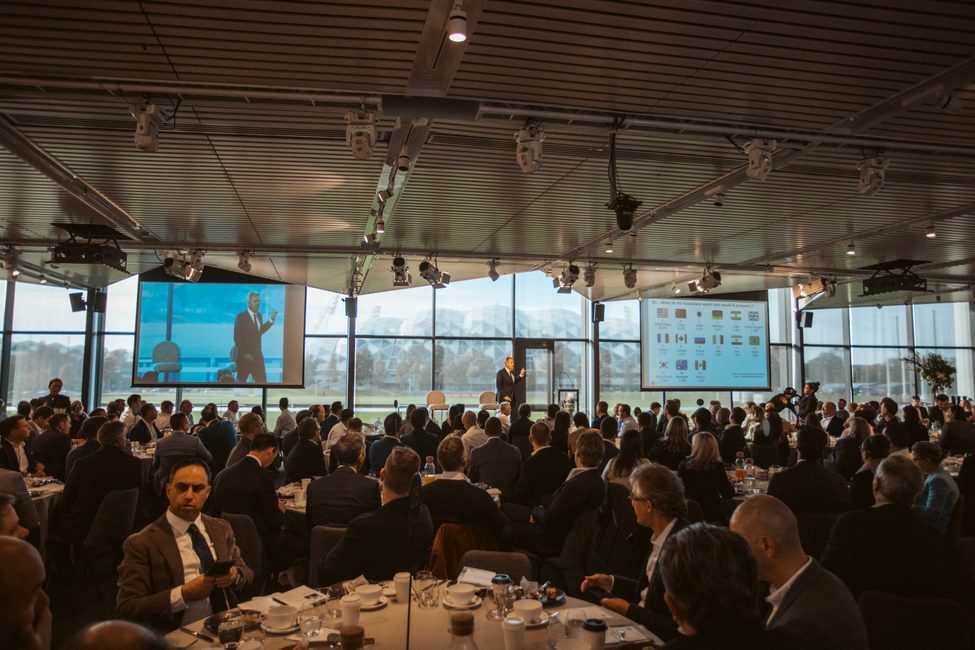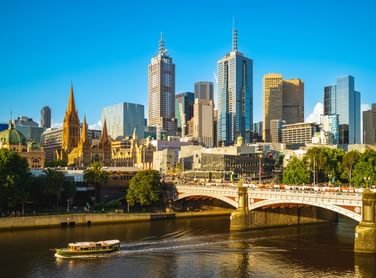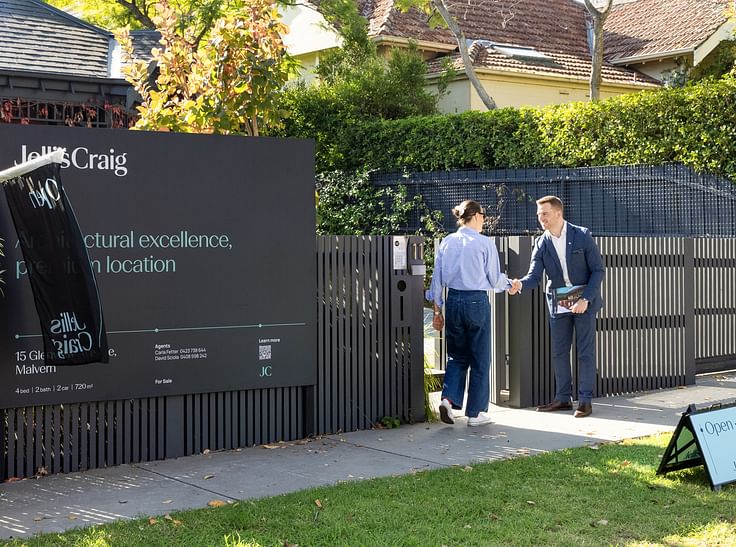Melbourne on the move: Demographic outlook for premium property

Jellis Craig recently hosted our first Property Event, a morning of insights into the future of Melbourne’s residential real estate market, for over 450 of our clients at The Glasshouse in Melbourne.
In this article, we take a deep dive into the demographic outlook of Melbourne’s premium property market presented in the keynote by Demographer Bernard Salt.
Bernard presented a compelling case for the future of one of the most liveable cities in the world, emphasising the key attributes that are set to drive its success: the return of immigration and the growing need for larger homes among Corporate Melbourne.
Is Melbourne a good place to invest your time, money, life over the next 5-10 years? Unequivocally, the answer is yes. But why?
Australia – with barely 26 million people – is the 14th
largest economic force on the planet. Where do we spend our wealth per capita? Supremely evident is that we spent it on housing, quality of life, and lifestyle, this is perhaps most clear when looking at cities like Melbourne, where 8 of the 20 biggest publicly listed businesses operating on our continent are headquartered in Melbourne.
Just slightly below Greater Sydney in 2022, Greater Melbourne is on track to gain the title of the largest city in Australia by 2040, according to the Centre for Population Projections. During the pandemic, a population contraction of just under 80,000 over 2020-2021 (migrants returning overseas, locals moving interstate), then shifted to a population growth of 55,000 in just under half a year. The moment borders opened, things turbocharged, and Melbourne’s growth returned.
According to the Census, there is a statistical average that full-time income earners will earn their peak income at the age of 43. Interestingly, the generation going through this phase currently is Millennials. A portion of 5m Millennials may choose to move from the inner-city 2-bedroom apartment stage to the trophy property, peak income, 3- or 4-bedroom suburban home stage over the next 5-7 years.
The proportion of Melburnians that live in a home that is owned (as opposed to rent), according to the Census data, started trending downwards from 70% in 2006, to 68% in 2011. However, this trend line was knocked off its trajectory in 2016, when instead of continuing to drop, there was a turnaround and the number of Melburnian’s buying a home of their own increased. This may be because the Millennials, moving into the growth stages of their career and thus their peak earning phase, were now able to purchase a home.
The way middle Melbourne expects to live has changed profoundly. In each Census, from 1996 – 2016, the proportion of the Australian workforce working from home was at about 5%, in the 2021 Census, this shot up to 21%. Mostly as a result of the pandemic and in part our relentless, obsessive pursuit of lifestyle.
Another pre-COVID model that is changing is the notion of a city whereby everything happens within the CBD – work, play, rest and then there is the outer corridors of suburbia. Post-pandemic and with our surging population growth, this will change. In fact, the new model will be a number of 20-minute cities, whereby several smaller ‘CBDs’ exist in outer Melbourne, each with a growing amount of energy and activity that will serve our growing, and spreading, society.
Melbourne’s growth, opportunity, quality of life and access to a global job market begs the question: why would you want to reside anywhere else?










